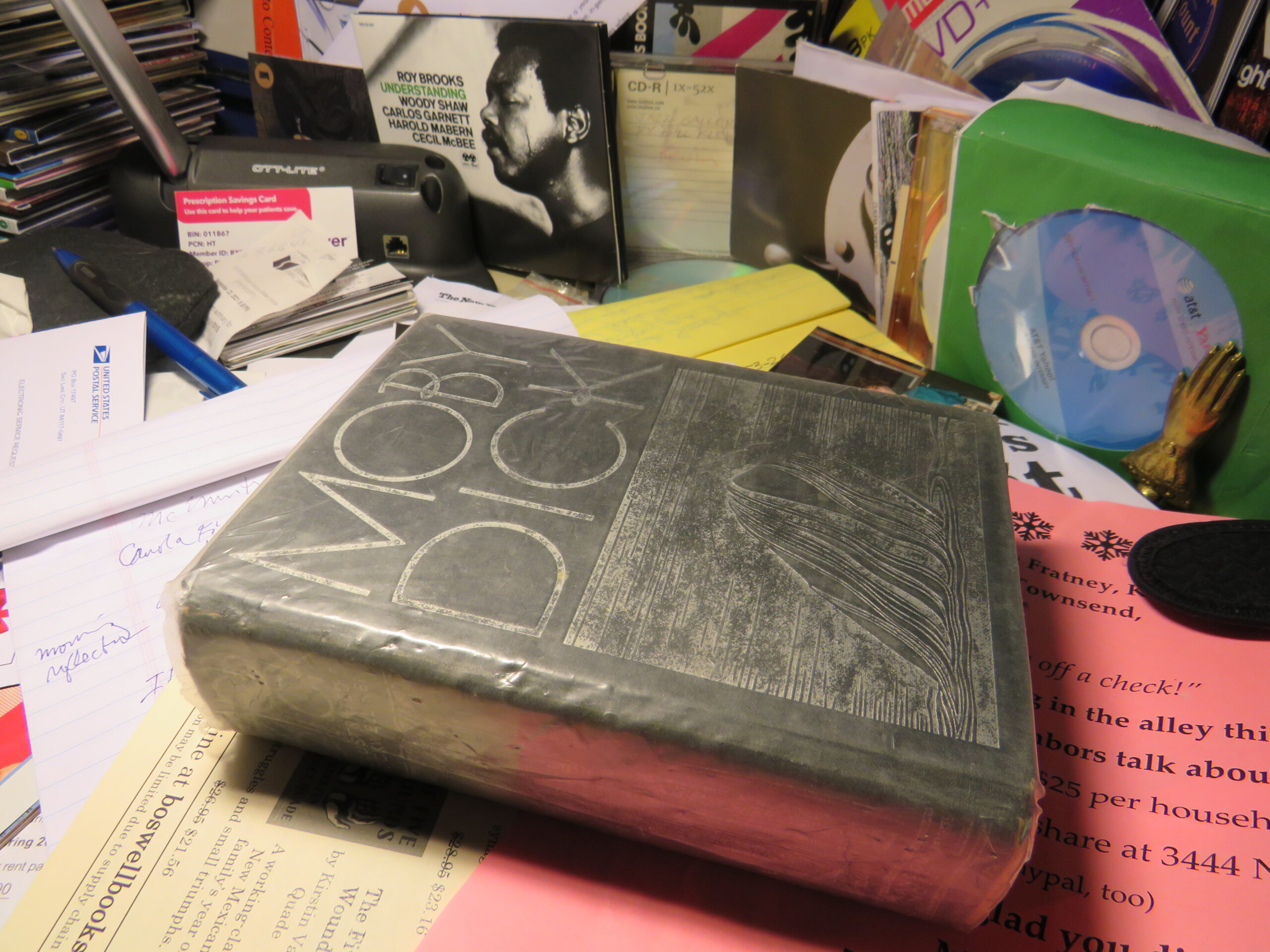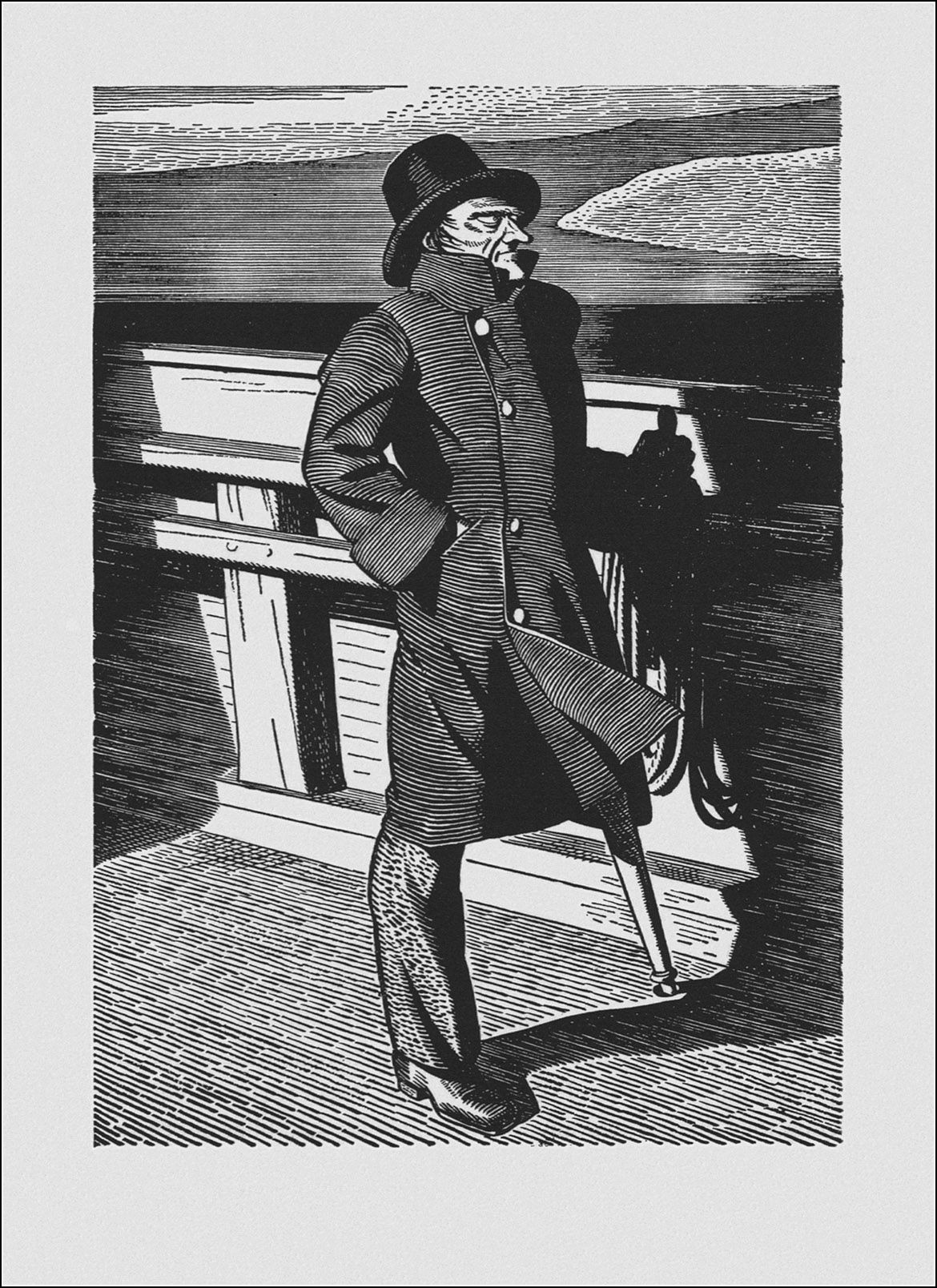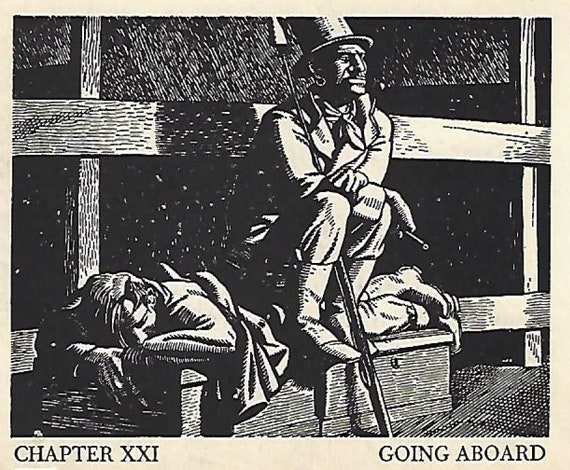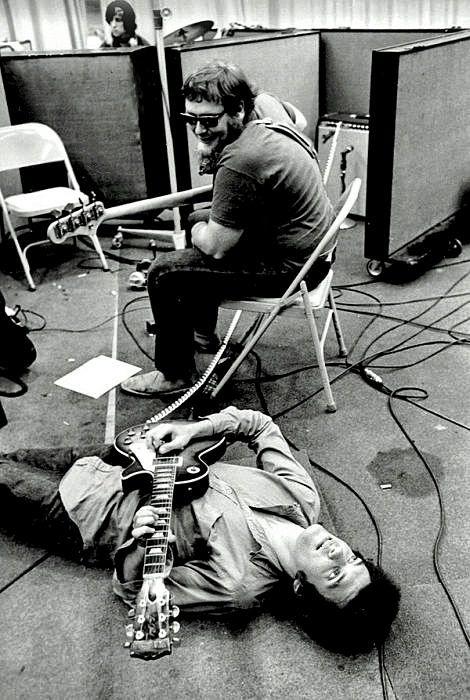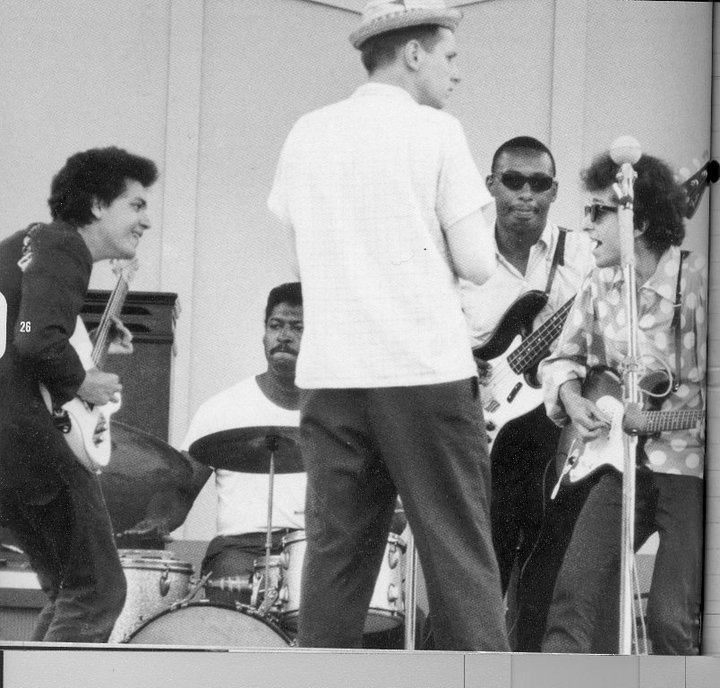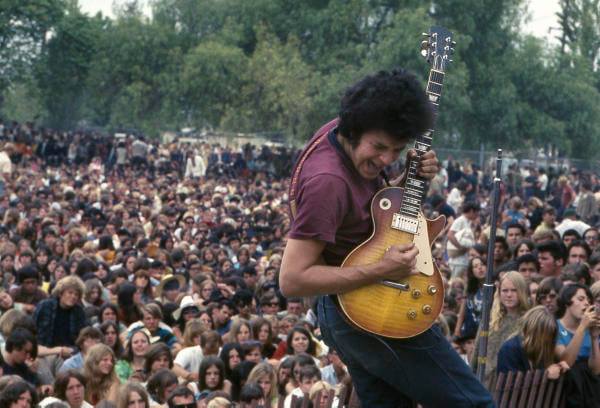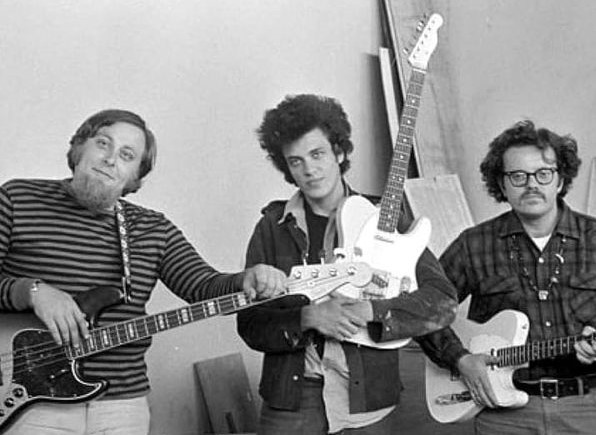
A broken drumstick from the drummer Sam Lay, part of the famous Butterfield Blues Band that helped Bob Dylan “go electric” at the 1965 Newport Folk Festival. This was from a concert Lay played in the early 1970s. Photo by Kevin Lynch
Here’s a postscript story to my blog review of the popular and worthy new Bob Dylan bio-movie, A Complete Unknown. The climax of the film — and a pivotal inflection point in pop music history — is when Dylan plugged in and “went electric.” This happened in the photos depicted below, when he played with the ground-breaking Butterfield Blues Band on Sunday, July 25, 1965. At the evening concert, he played “Like a Rolling Stone,” “Maggie’s Farm” and other now-iconic songs for the first time most had heard them played live.
This loud performance electrified many but shocked as many others, who valued the acoustic nature of traditional folk music. Folk singer and Dylan champion Pete Seeger amost cut the band’s power cord with an axe. The electric style also opened up Dylan’s poetic sensibility to the possibilities of amplified music and the rock and urban blues traditions.
In the second photo below, an animated Dylan, in the polka-dot shirt, rehearses for that evening show with Butterfield Band members, including (from left) guitarist Mike Bloomfield, (whom Dylan declared “the best guitarist he had ever heard”), drummer Sam Lay, bassist Jerome Arnold.The man in white shirt at center is a Newport production person.

The Paul Butterfield Blues Band’s electric set at the Newport Folk Festival in 1965. Pictured are (L-R) bassist Jerome Arnold (partially hidden), guitarist Mike Bloomfield, drummer Sam Lay, vocalist and harp-player Butterfield and guitarist Elvin Bishop.

Bob Dylan rehearsing his own set at a sound check for the 1965 Newport Folk Festival with members of the Butterfield Blues Band, including (L-R) Mike Bloomfield, Sam Lay and Jerome Arnold, with Dylan at far right.

Bloomfield and Dylan at the controversial evening concert at Newport in July 1965.
This is a well-recounted historic story which I revisit not because I was there, I wasn’t. How does it feel? as Dylan once asked. Well, sigh, I sure as hell wish I coulda been there. You can’t let others get your kicks for you… Well, yes, but sometimes that’s the best you can do. I was just graduating from elementary school that summer, in Milwaukee.
However, I happen to own a broken drumstuck tip from Sam Lay. At one point in a concert the powerful drummer broke his drumstick and the tip went twirling into the air and landed at my feet, perhaps 40 feet away, near the front of the crowd. It was a concert he played at the UW-Milwaukee, when I was a student there in the early 1970s. 1
It’s the most authentic piece of music memorabilia that I own and something I’ve always treasured for Lay’s place in music history. Besides their playing with Dylan, the Butterfield Band was the first integrated blues band on the scene, and they brought blues and rock to new creative heights. The band was deeply influential on rock, blues and some jazz musicians.
Award-winning writer/broadcaster Tom Reney explains: “Dylan had already ‘gone electric’ in January of ’65 when he jumped down the manhole of ‘Subterranean Homesick Blues’ and scored his first chart success. ‘Like a Rolling Stone,’ recorded a month before Newport with Bloomfield playing the song’s signature leads and turn-arounds, was all over the radio by the festival weekend.
“In his book-length study, Like a Rolling Stone: Bob Dylan at the Crossroads, Greil Marcus hears in Bloomfield’s playing something ‘triumphant, like a hawk in the sky…when, out of instinct, out of desire, out of a smile somewhere in his memory, Bloomfield finds the sound of a great whoosh, and for an instant a rising wind blows right through the rest of the music.’ ” 2
Sam Lay played a six-year stint with Muddy Waters, and also with other blues and rock ‘n’ roll greats including Howin’ Wolf, Magic Sam, Bo Diddley, Junior Wells and Little Walter. Among Lay’s many credits is playing on the Chess album Fathers and Sons, which documented a concert joining blues pioneers Waters and pianist Otis Spann with artistic offspring Paul Butterfield, Bloomfield, Lay, Buddy Miles and Donald “Duck” Dunn.
Bassist Dunn, by the way, was part of the real band in the celebrated comedy film, The Blues Brothers. Coincidentally this writer happened to appear driving my car in the background of a climactic scene in that movie, a story for another day.
____________
1 To clarify, Sam Lay was not with the Butterfield Band when I saw him at UWM. Lay was the bandleader. Unfortunately this event predated my beginnings as a music reporter, so I don’t recall his bandmates.
2 Tom Reney’s extended passage is from his excellent in-depth story on Dylan, Butterfield, and Bloomfield at the historic 1965 Newport Festival (from NPR and New England Public Media): https://www.nepm.org/jazz-world/2022-05-25/paul-butterfield-plugs-in-and-bob-dylan-follows-suit
.






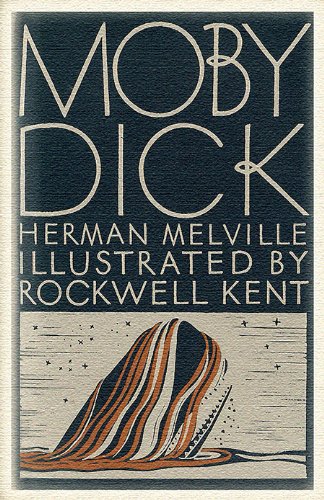
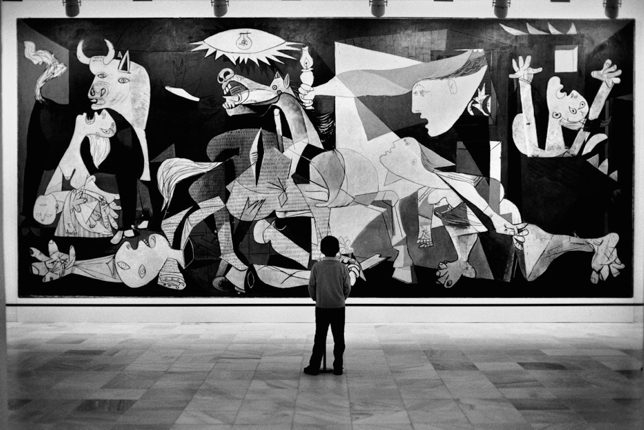
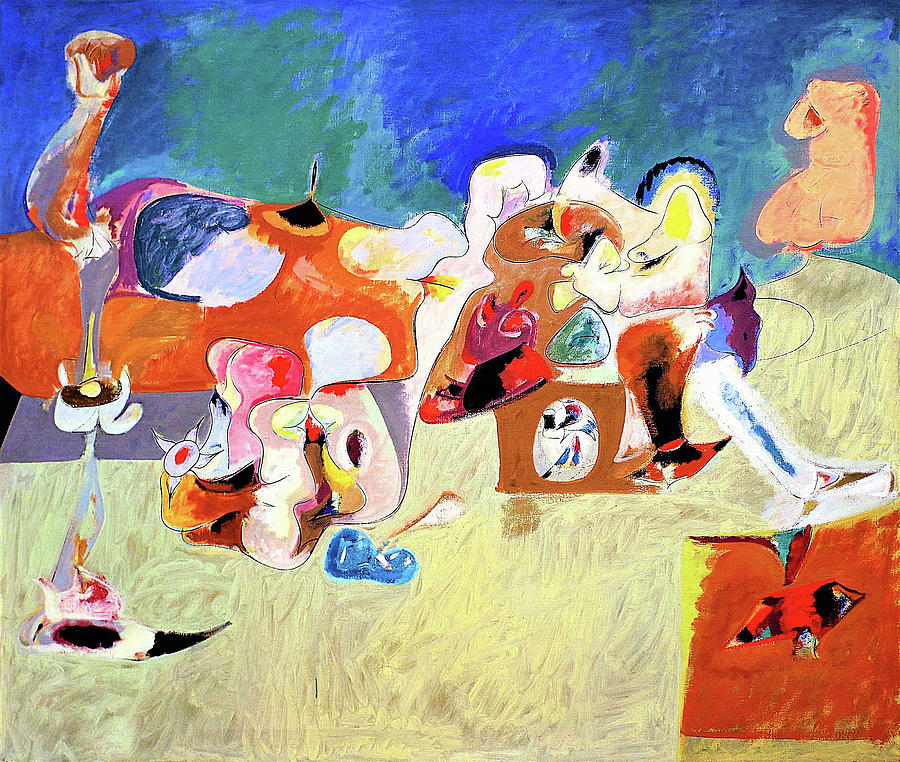
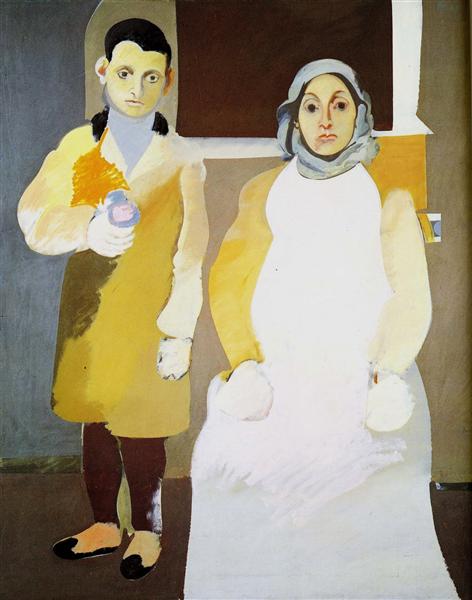
 John Coltrane “Live at Birdland.” Courtesy deep groove mono
John Coltrane “Live at Birdland.” Courtesy deep groove mono